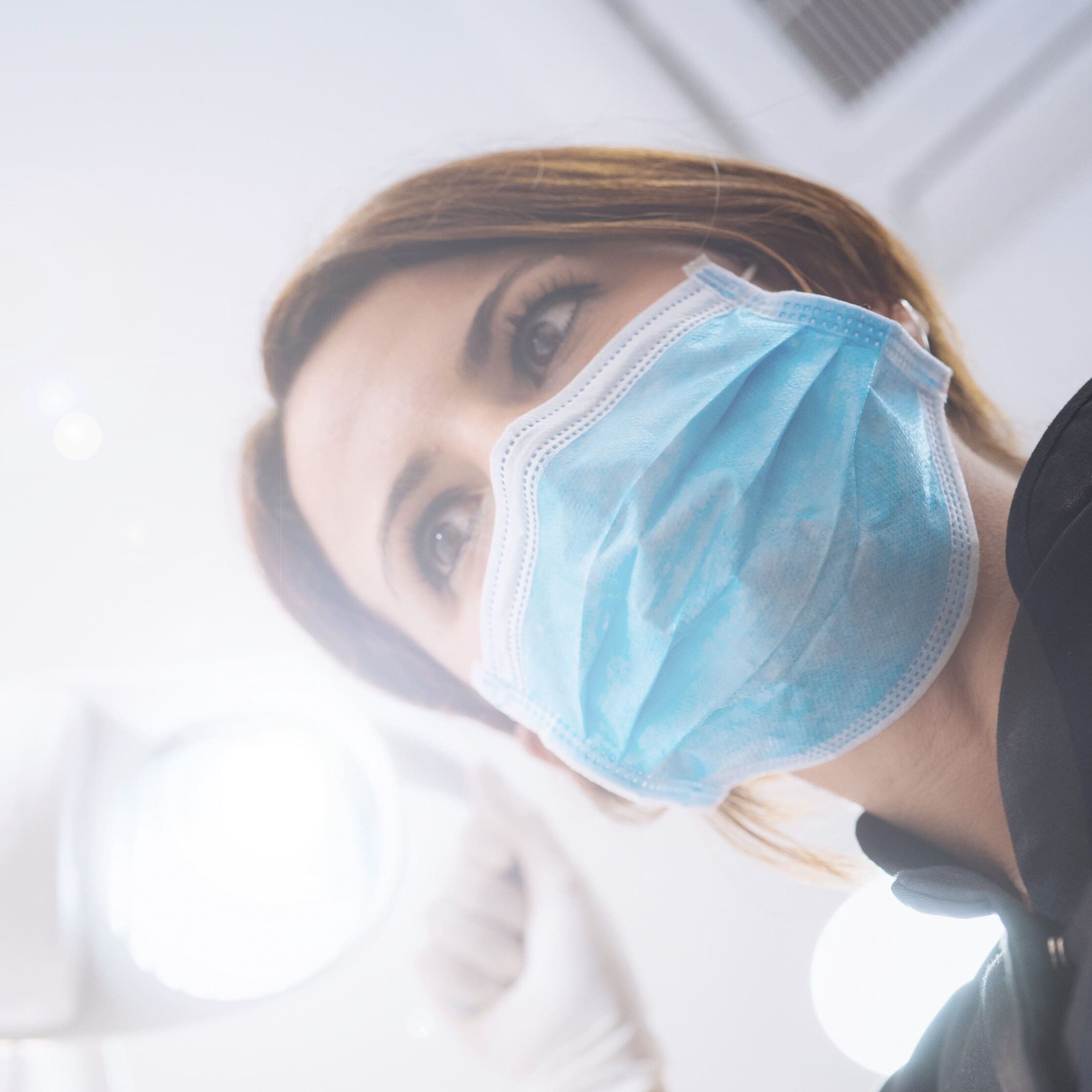Oceana provides dental sedation for patients who are undergoing longer procedures, and for those who are nervous about visiting the dentist.
We try to encourage our nervous patients to experience our soothing spa-like environment before they opt for sedation. Relaxing music, stress balls and foam pillows help set the mood, and we can provide TV goggles to distract you. Our gentle, educational approach keeps you fully informed so you can understand what’s going on all the time. It’s also important to remember that many of our advanced technologies make dental care virtually pain free.
It’s vital that you receive the dental care that you need, however, so if you need a bit of extra help to break the cycle of fear, we would be happy to discuss the options with you.

Send us a Message
Commitment to Safety
We only administer sedation when we are sure that it can be done safely.
- We discuss your medical history with you first before offering any sedation options.
- We ensure we know what, if any, medications you are taking.
- We tailor the dose to your age and physical size.
- We monitor your vital signs during the procedure.
- If needed, we can reverse the effects of the sedation with oxygen and medication.
Types of Dental Sedation and
Anesthesia We Offer
Sedation is a type of anesthesia that is mainly aimed at providing a sense of calmness, although it makes some patients feel sleepy as well. It also blocks pain and, even if you are conscious, the memory of the treatment will be dull.
Depending on your needs and the procedure, we’ll recommend one of the following types of sedation.
Nitrous oxide sedation
Also referred to as “laughing gas”, this is a light type of sedation inhaled through a mask. You instantly begin to feel at ease, and remain conscious throughout your treatment. One of the advantages of nitrous oxide is that the effects wear off within minutes, and you’ll be able to drive yourself home.
Oral conscious sedation
You take this medication in the office, 30 minutes before the start of your procedure. Most people remain conscious with oral sedation, but they need a friend or family member to drive them to and from their appointment.
Intravenous sedation (IV)
Intravenous sedation goes to work almost instantly, and delivers a stronger level of sedation than oral or inhaled methods. This will help you relax and adopt a carefree attitude, even when faced with situations that would normally be quite stressful. Because they are so deeply relaxed, most patients end up falling asleep during their dental appointments! It also reduces the gag reflex and is great for people with severe anxiety—unless they’re also afraid of needles. The powerful nature of this type of sedation means you’re not capable of driving, and will need to make arrangements to get home.
Anesthesia
Anesthesia is focused on the elimination of pain, but doesn’t necessarily induce the sense of relaxation that sedation does.
Local anesthesia
This is the numbing or “freezing” medication that is injected into the treatment area with a needle. With this type of anaesthesia, you’re fully conscious but don’t feel what’s going on in the area of the injection. You’re safe to drive yourself home, but you may have trouble speaking clearly until it wears off.